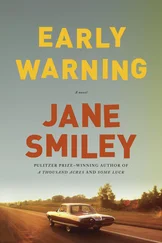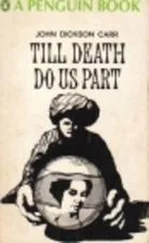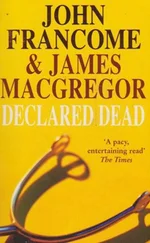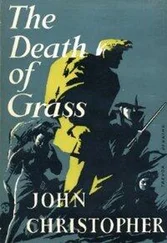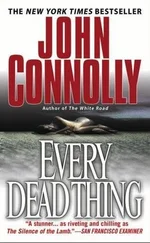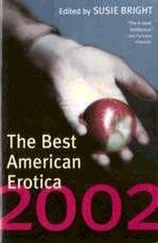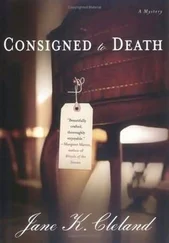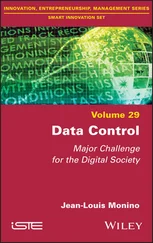It is difficult to imagine any aspect of life more central to the two myths than death. One of the key elements of the myth of modernity is a desire to overcome death through technology. For example, popular contemporary movements such as transhumanism have garnered substantial public attention in hybrid media (O’Connell, 2017). Modern media technology also promises a faster, more efficient way to convey news about death (cf. Hanusch, 2010). If we are unable to prevent death from happening, we can at least attempt to manage how efficiently and accurately we communicate about it. A growing interdisciplinary research field emerges around the idea and concept of digital afterlife (Savin-Baden & Mason-Robbie, 2020). Recent developments in digital media technology (e.g. artificial intelligence and data mining) offer a great promise through tools that enable us to maintain digital communication with the dead by developing algorithms, opening new ways to think about mortality and immortality in today’s digitally saturated society (Bassett, 2015; Kasket, 2019). Furthermore, as already mentioned, professional journalists are no longer the only actors in the news media with the power to act as gatekeepers and agenda-setters for public death. Today, ordinary people increasingly have access to digital media through various social media applications, enabling them to contribute to the hybrid ways in which death is experienced and performed in modern society (Arnold et al., 2018). What is at stake in the dilemma of mortality in modern society, then, is this: while the rational side of hybrid media promises to overcome segregation between the living and the dead by developing algorithms for a new type of post-mortem communication, the mystical and apocalyptic side of hybrid media invites us – the living – to deal with death through other, more ancient means – gathering around death through hybrid media via symbolic and ritual communication, to overcome the fear of loss and annihilation stirred by the end of life (cf. Morley, 2007). This book positions itself at the heart of this paradox as it attempts to understand better the dilemma of mortality and its consequences in the present hybrid media-saturated society through the scope of mediated death.
The Structure of the Book
In the chapters that follow, I begin my scholarly journey into mediated death by exploring the concept and idea of public death. In chapter 2, I provide a brief historical outline of the main developments in the public mediation of death in the context of the evolution of communication media. The phases described focus on print media, visual media, and digital media. I also examine how the idea of public death began to evolve in news media, and how death became a public spectacle in society. The chapter ends by bringing the idea of mediated death as a public and highly visual phenomenon to the present-day hybrid media, and explains the general features of this mediated transformation, in particular from mass mediation of death orchestrated by journalists to hyper- and hybrid mediation and fragmentation of actors making death a public matter in society.
From this (media-) historical contextualization of mediated death, I move on in chapter 3to examine public death as an event and a ritual. In my discussion, I draw on sociological event theory (see, e.g., Wagner-Pacifici, 2017) and look in particular at a public death event as a structure – an irreversible occurrence and a rupture in human life of profound sociological meaning (see also Sewell, 1990). By investigating public death as a mediated event, the book sheds light on death events’ special structural features associated with time and space, and connects the idea of the event with that of ritual as a particular formula and a unique structure of mediated death event. Here, the focus is on a category of ritual – life-crisis ritual. The chapter establishes a conceptual framework for the further analysis of mediated rituals and explains anthropological ideas first developed by van Gennep (1960 [1909]) and later elaborated on by Victor Turner (1969) on the workings of life-crisis rituals as ‘rites of passage’ through three key phases – rupture, liminality, and incorporation – and connects them with the work of ritual media events, and in particular, funerals (Dayan & Katz, 1992). The next chapters in the book build on the idea of liminal mourning in various hybrid media contexts, and critically examine how liminality in mediated life-crisis rituals functions in the present-day landscape of hybrid media, and what kind of social consequences result from these actions.
Chapters 4, 5, and 6expand the ritual perspective to mediated death as a public event. In chapter 4, I emphasize mediated mourning and the ways in which it has been re-invented and repurposed across different platforms of hybrid media. This chapter analyses digital mourning as a dispersed practice on Instagram, Twitter, YouTube, and Facebook. It also investigates how mourning practices as highly personalized activities embedded in people’s everyday use of social and news media contribute to vernacularizing death as a public matter in society. In this endeavour, I discuss concepts such as phatic communication culture (Miller, 2008) and the platform vernacular (Gibbs et al., 2015) to explain some key social dynamics in the present-day practice of mediated mourning; here, the main focus is on the sociality, rather than the substance and content, of such ritual communication. The purpose of chapter 4, then, is to argue for the ‘vernacularization of public mourning’ in contemporary society and for the increased presence and visibility of death – a condition, I claim, that invites scholarship to revisit some of the earlier theories of mediated death (cf. Walter, 1994) and to pay more attention to death’s mundane and fluid nature.
In chapter 5, I expand my analysis of public death as mediated and vernacularized ritual practice and consider its contested nature. I argue that the multiplicity of actors, practices, and incentives to ritualize death in contemporary society makes death as a mediated phenomenon appear not only more public and visible, but also more ambivalent. I also explore the dilemma of appropriate and/or inappropriate death in hybrid media, and the values and morals entrenched in such public negotiations. I develop my argumentation by approaching the theme of contested death from three interconnected conceptual perspectives. First, I focus on the concept of victimhood (see, e.g., Erner, 2006; Greer, 2004; Morse, 2018) and discuss how death in hybrid media is constructed as grievable and/or non-grievable, and how such articulations shape the public presence of death (Butler, 2004; Chouliaraki, 2006). Second, I turn my attention to the theme of digital witnessing (Ellis, 2009; Ong, 2012; Peters, 2009 [2001]), which I conceptually label as a vicarious practice (Ashuri & Pinchevski, 2009). I argue that the vicarious, digital witnessing of someone’s death is a key condition for death to be seen as grievable and, consequently, worthy of mediated ritualization – or non-grievable, for that matter (see, e.g., Chouliaraki, 2006; Moeller, 1999; Tester, 2001). Third, I investigate public death events as contested from the perspective of death taboos in hybrid media; specifically, I look at the practice of livestreaming (van Es, 2017, 2016; Scannell, 2014) and analyse the impact of social media affordances in challenging certain collective ideas, morals, and values associated with appropriate and/or improper ways of making death a public, ritual matter in present society (see, e.g., Chouliaraki, 2006; Silverstone, 2007). Chapter 5argues for the necessity to expand critical reflection on the morals and ethics of some of the forms of mediated death representation and their ritual appeal in society.
Читать дальше


